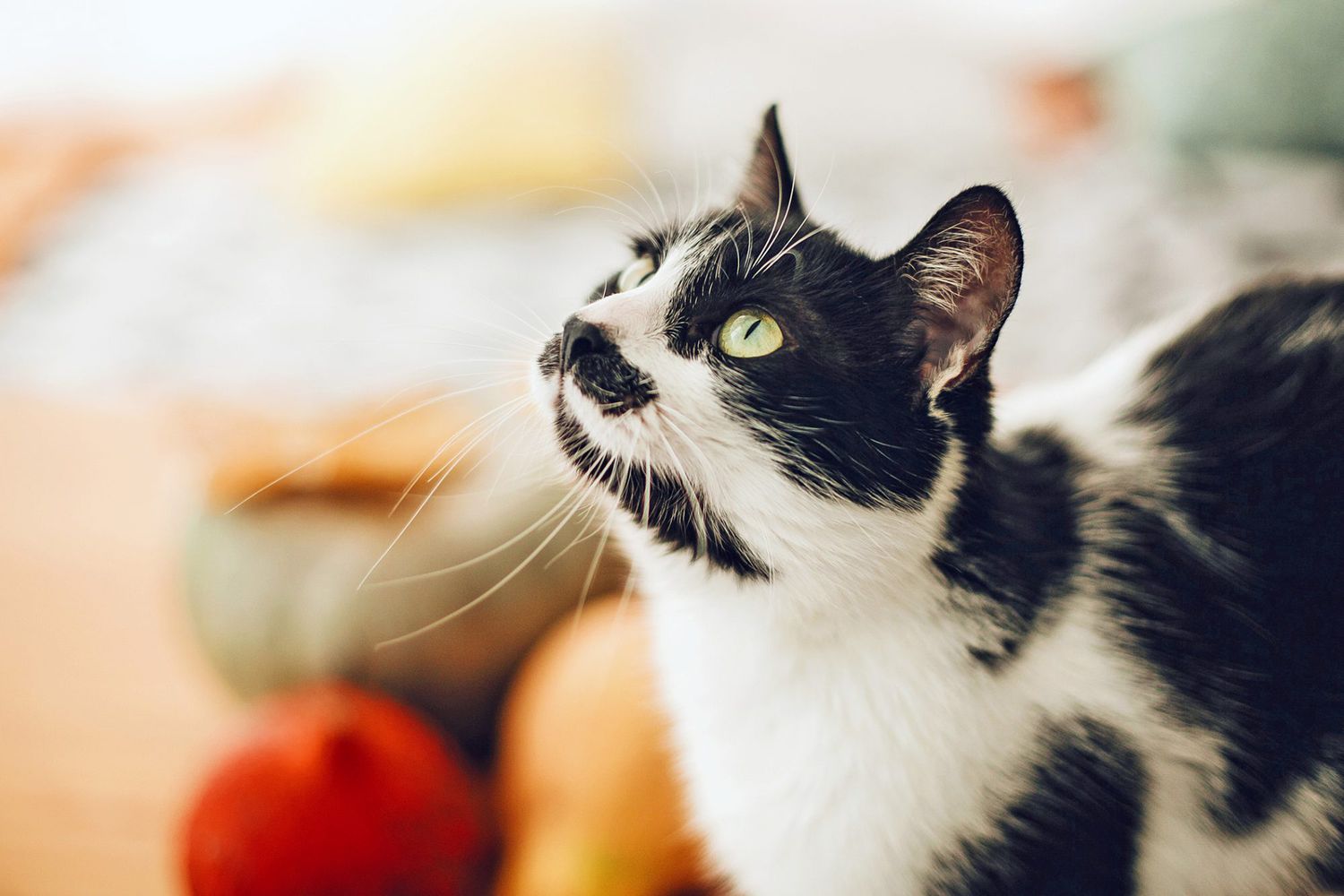
Cat litter and litter boxes play a pivotal function in the lives of both felines and their owners. From the humble beginnings of sand and soil to the ingenious improvements of today, the world of cat litter has developed considerably. In this thorough guide, we look into every aspect of cat litter and litter boxes, exploring their history, types, benefits, challenges, and everything in between.
The history of cat litter dates back centuries, with ancient civilizations using sand, soil, and even ashes as primitive litter materials. However, it wasn't until the mid-20th century that modern cat litter as we understand it emerged. In 1947, Edward Lowe introduced the world's first industrial cat litter made from absorbent clay, reinventing the method felines relieved themselves inside your home. Considering that then, cat litter has actually gone through various changes, with the intro of clumping litter, silica gel litter, naturally degradable choices, and more.
Today, cat owners are spoiled for choice when it comes to selecting the ideal litter for their feline buddies. Standard clay litter stays popular for its cost and effectiveness in absorbing odors. Clumping litter, which forms strong clumps when wet, streamlines cleaning and maintenance. Silica gel litter, composed of extremely absorbent silica crystals, uses remarkable odor control and longevity. Biodegradable options, such as recycled paper, wood pellets, corn, and wheat, interest ecologically mindful consumers.
Each kind of cat litter provides unique benefits. Clay litter stands out in its ability to absorb wetness and control smells, making it a trustworthy choice for many feline owners. Clumping litter streamlines everyday scooping and extends the time between total litter changes. Silica gel litter provides extraordinary odor control and can last longer between replacements. Naturally degradable litters provide a sustainable alternative that decreases ecological impact.
While cat litter improves indoor feline hygiene, it is not without its obstacles. Dust from clay litter can present respiratory threats for both cat litter robot cats and humans, triggering the popularity of dust-free options. Some felines may establish litter box aversion due to concerns with texture, fragrance, or cleanliness, demanding experimentation with different litters and box setups. Multi-cat households might require tactical litter box positioning and frequent maintenance to avoid territorial conflicts and ensure all felines have access to clean facilities.
Picking the suitable litter box is essential for promoting favorable litter box habits and overall feline wellness. Factors to consider consist of size, accessibility, and style choices. Covered litter boxes provide personal privacy and help consist of odors, however some felines may discover them confining or frightening. Open-top litter boxes offer simple gain access to cat litter boxes and exposure however might result in more litter scatter. Automatic self-cleaning litter boxes enhance maintenance but need regular tracking and maintenance.
Proper litter box upkeep is crucial for guaranteeing a tidy and inviting environment for wood pellets cat litter both felines and their owners. Daily scooping gets rid of waste quickly, decreasing odor and dissuading litter box hostility. Regular litter replacement, usually every 1-2 weeks, avoids bacterial accumulation and maintains optimal absorbency. Comprehensive cleansing with mild detergent and water, avoiding severe chemicals that might hinder cats from using package, need to be performed monthly.
Cat litter and litter boxes play a central function in cultivating a healthy and harmonious relationship between felines and their human companions. With a diverse selection of litter options and litter box designs offered, feline owners have the flexibility to tailor their options to match their felines' preferences and household needs. By understanding the advancement, types, advantages, and obstacles of cat litter and litter boxes, pet owners can provide their feline pals with a comfy and hygienic indoor environment.